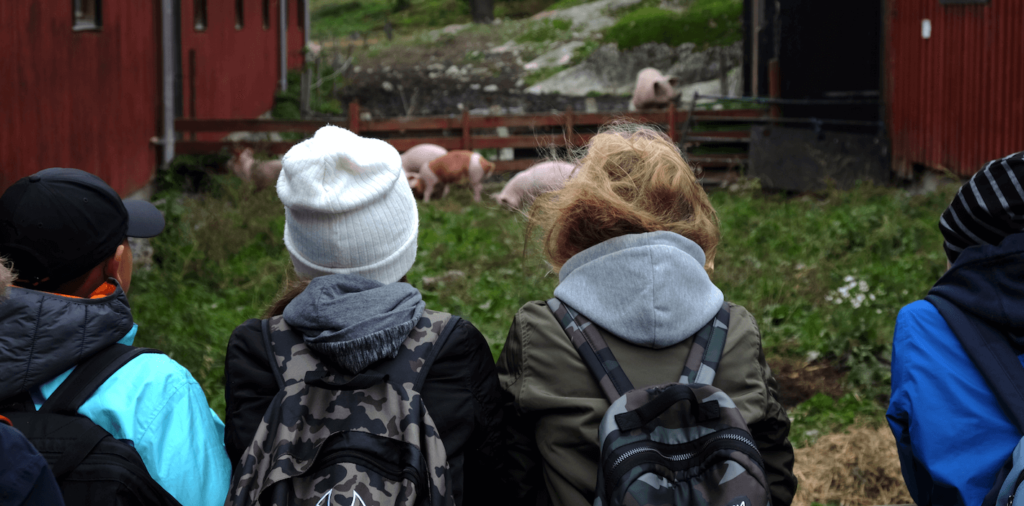As more and more people move from the countryside to the cities, our knowledge of what farm life is and what a farm produces is gradually getting lost. For many modern children, the connection to nature is more distant than ever before. Closing that distance is important since today’s children are tomorrow’s consumers. More importantly, these children will be the farming labor force and the decision makers who will create the future conditions for Swedish food and energy production in the future.
The farmer at the school (Bonden i skolan) organized by the Federation of Swedish Farmers (LRF) Mälardalen, is an event taking place between 26-27 September with the goal to help bridge that gap between the city and countryside, children and farmers. For two days over at Berga Natural Sciences Gymnasium in the outskirts of Stockholm, over 3,000 students and teachers from all around the Mälardalen participated in the event.
By spreading knowledge and raising awareness about Swedish agriculture and its value to animal health and open landscapes, the event helps consumers make informed choices when standing there in the supermarket considering different options for their food. One of these choices can be considering the environmental benefits of buying local produce rather than buying food shipped from far away. By discovering the way our food purchases have a real-world impact, we can play our part to push for more sustainable products that can also have the double benefit of supporting more job creation and sustainable growth across the country.
The activities at “The farmer at the school”are free and as the students (4-6 grade) walk around the different stations they get a better sense of what it means to work sustainably oriented and the different careers available in the agriculture sector. This ranges from soil management and forestry to gardening, many of the things that make up the rural environment. One of the stations explains the cycle of cultivation, planting, harvesting and finally processing, helping the children discover the food chain as it links farm to table. The various small activity stations are located around the farm with both practical and theoretical exercises, including meeting animals such as cows, sheep, horses, and pigs. For many of the children, it was the first in their lifetime interacting with many of our most common agricultural animals. These form of connections, that you can’t get from reading a book or even watching a video, are perhaps the most important achievement of the event.
All in all, this imaginative initiative by LRF is one way to brings kids closer to nature and hopefully, it inspired and create a broader mindset among both the children and their teachers.
If you want to know more and use Bonden i Skolans electronic platform for educational purposes, please click here!
